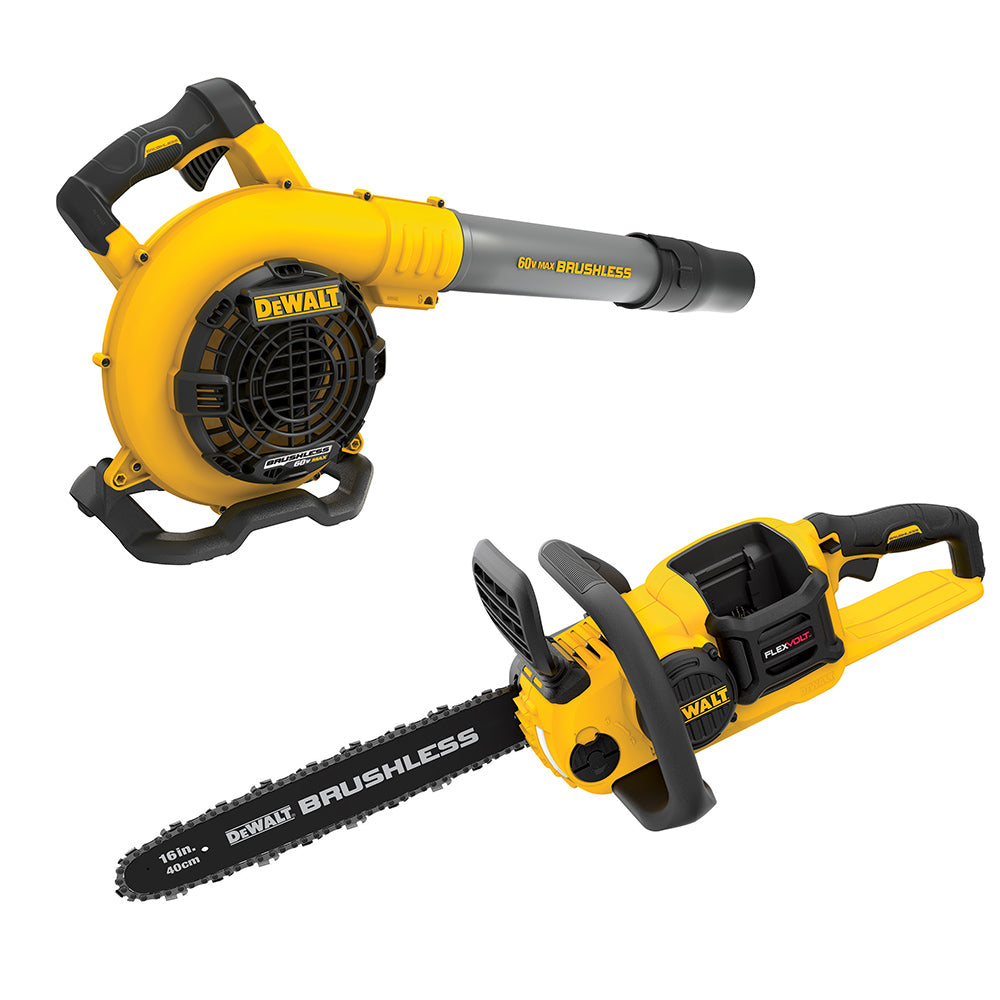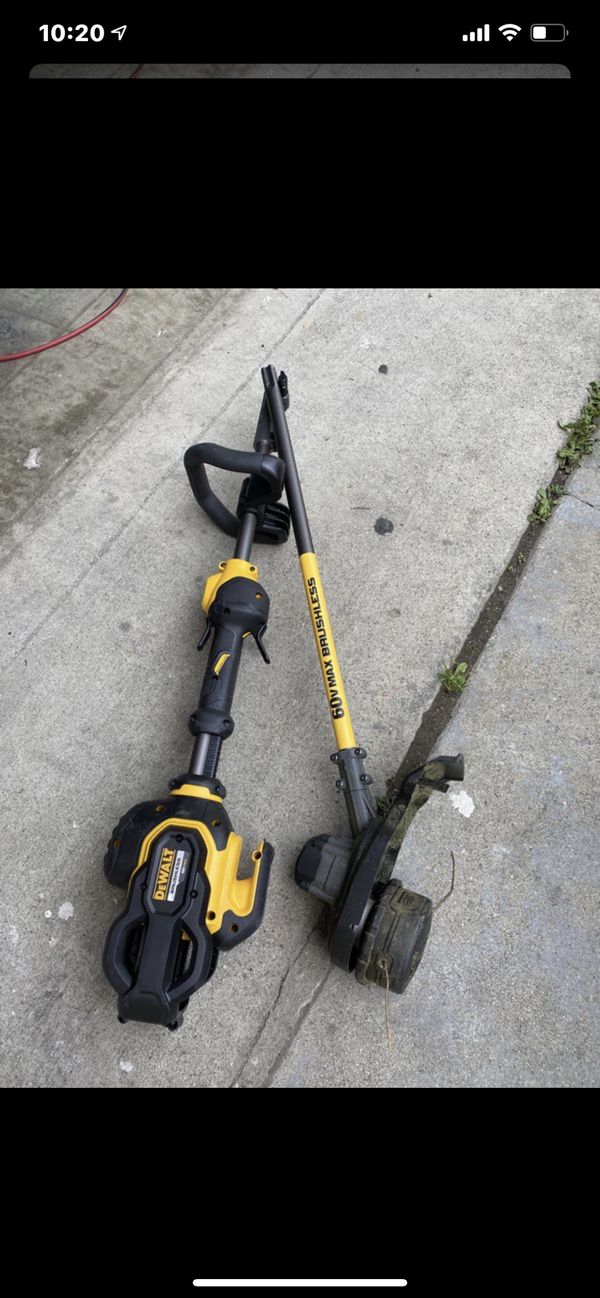

Then we can really confuse things when you realize brushless commutation means the rotors are DC with an AC rectifier feeding them and often synchronous so the fields are actually AC. Hence Milwaukee for instance has stayed with 18 V batteries where Dewalt goes up to 56 on a FlexVolt but hasn't so far had a vastly superior advantage, never mind say Kobalt 24 V. Then there's the issue of voltage drop proportional to square of current so you can quickly see why something as simple as P=VI is not simple at all.

#DEWALT 60 VOLT WEED EATER SERIES#
Your assumption of fixed resistance is off because you have to factor in series resistance which if all cells are the same internal resistance, 60 V means 33% more series resistance so the current decreases by that amount, leaving you with roughly similar performance. Personally I like the backwards compatibility of the flexvolt and plan on sticking with either 20v or 60V tools. Now if we want to identify work done, it would be: (someone correct me if the rust on my old engineering degree has screwed something up. Or 2.25x's as much power in a 60V vs a 40V, assuming all else is equal. Not to be pedantic, but all things being equal voltage does correlate to power.Īssuming the resistance stays about the same between the 40V and 60V units, Are there subtle differences between the two units that are not advertised? Is there a difference between the two battery chainsaws? I know they operate at different voltages (duh), but voltage doesn't equate to power watts do. I'm invested in both 40V and 60V platforms.


 0 kommentar(er)
0 kommentar(er)
